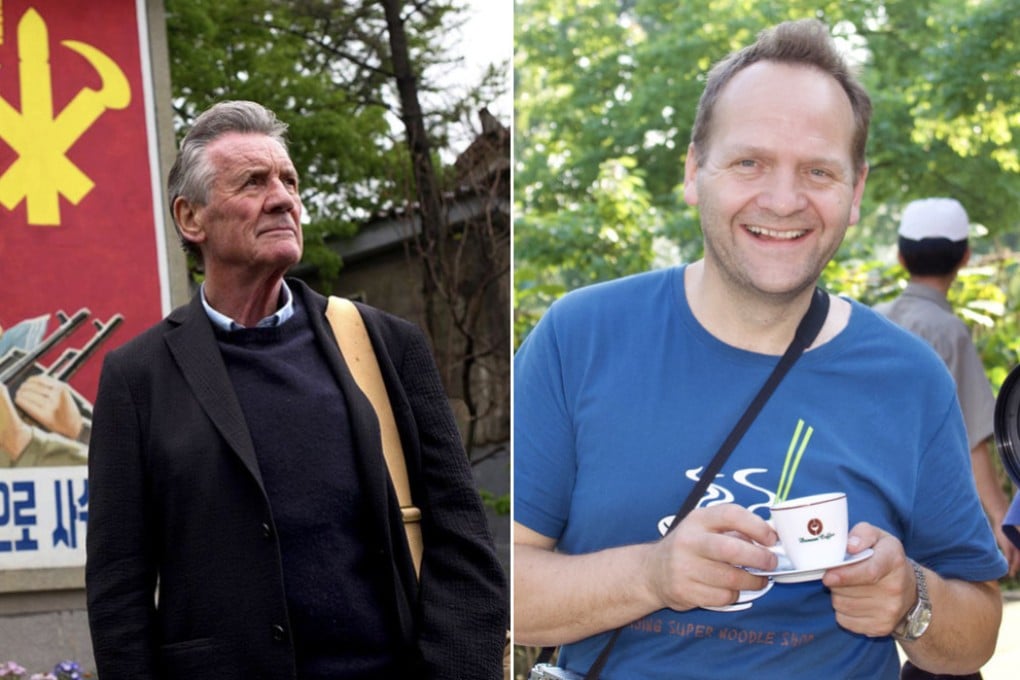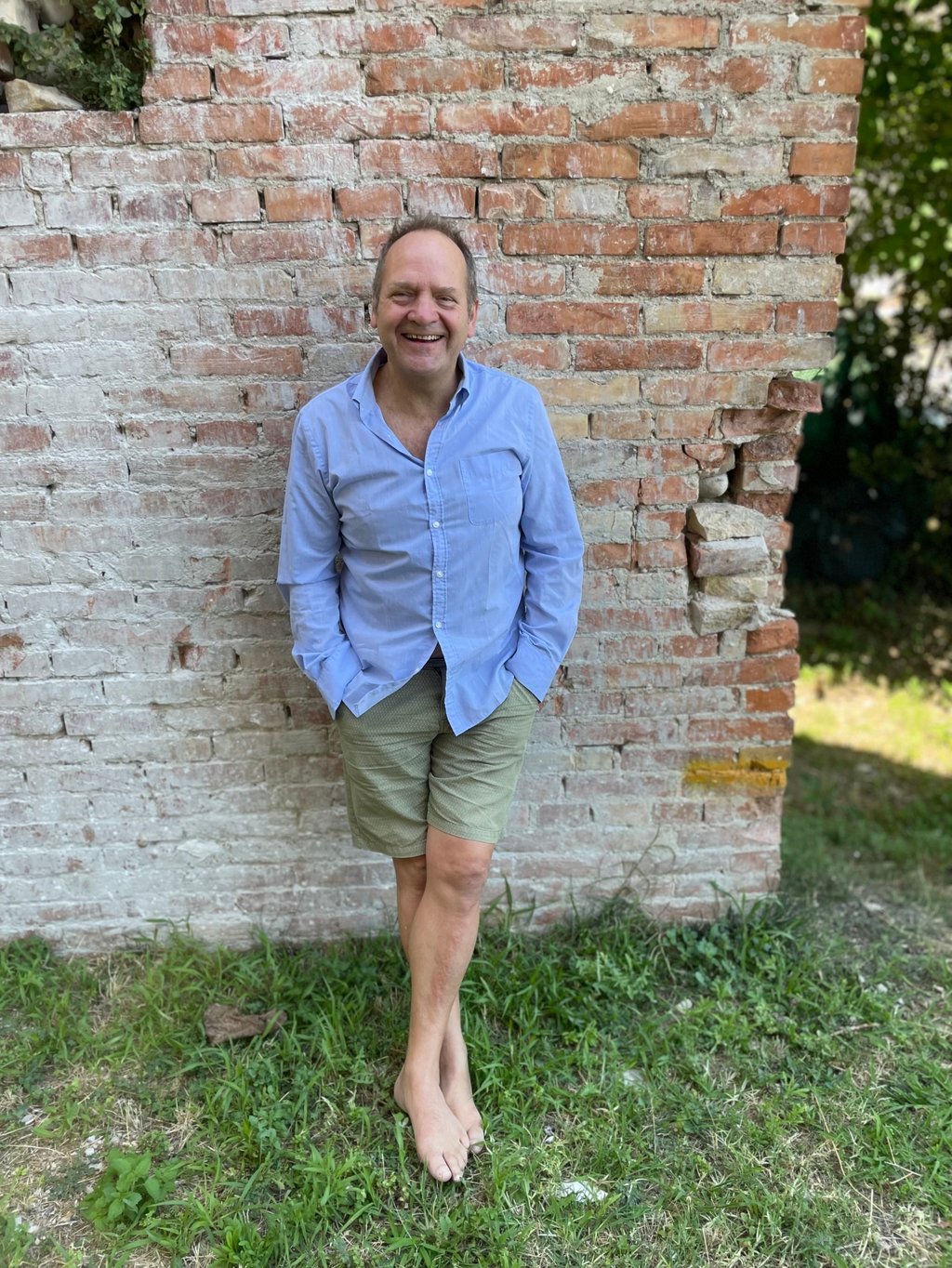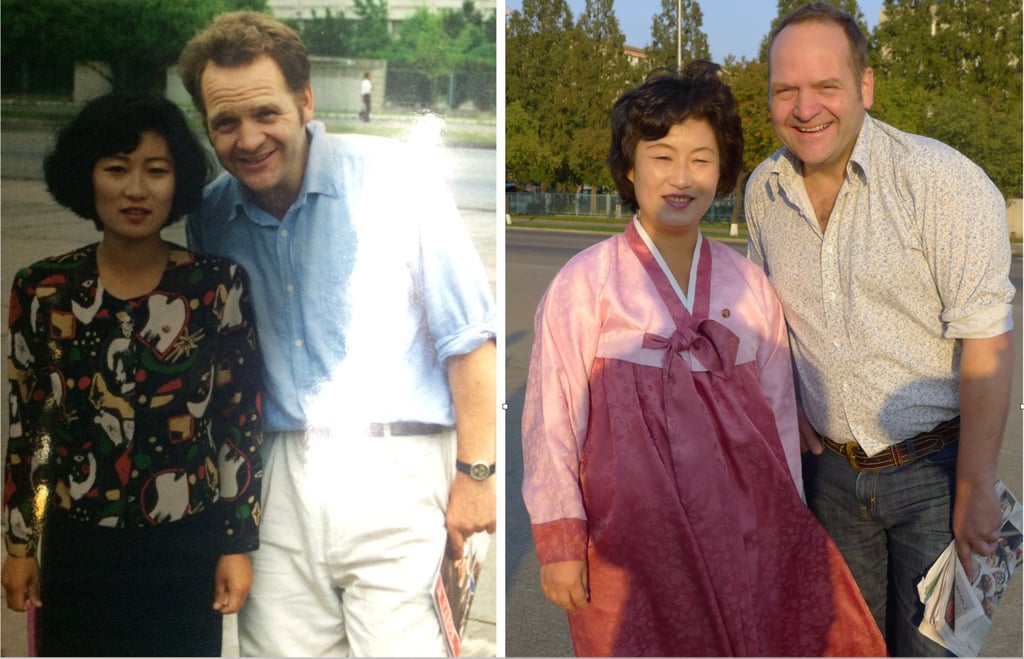Advertisement
When Michael Palin did North Korea: fixer and travel agency co-founder on 30 years of taking visitors into the country
- Nicholas Bonner, tour firm co-founder who got Michael Palin into North Korea to film a documentary, shares experiences from 3 decades of taking visitors there
Reading Time:5 minutes
Why you can trust SCMP

I was born in 1961 and attended Wilmslow Grammar School, in Cheshire, which is pretty much middle Middle England.
Advertisement
Needless to say, the careers adviser did not have any pamphlets on setting up a business with North Korea.
I left school aged 16 with plans to become a countryside ranger. After agricultural college I ended up in the Medlock Valley, which flowed from the moors of the Peak District into gritty central Manchester.
Urban improvements were being carried out by Manchester council and that inspired me, aged 24, to study landscape architecture and later lecture at Leeds Metropolitan University.

Northern delights
I struck a substantial watershed in early 1993, when I visited my great friend Josh Green in Beijing.


Advertisement